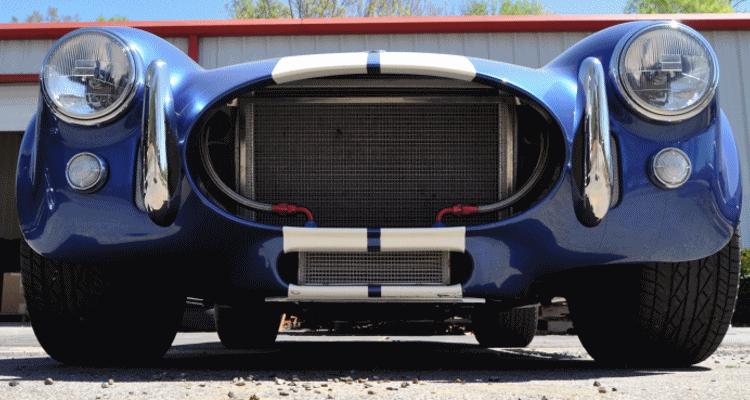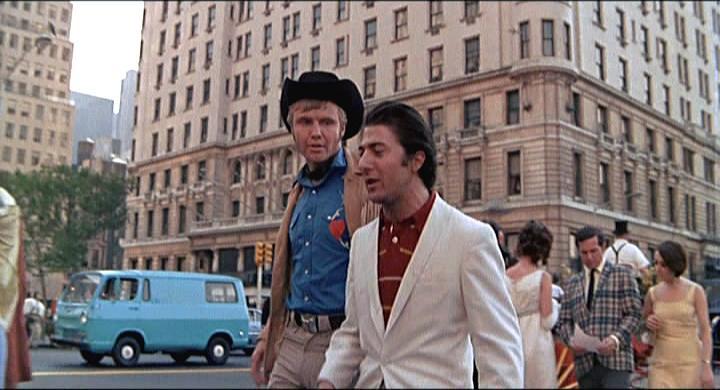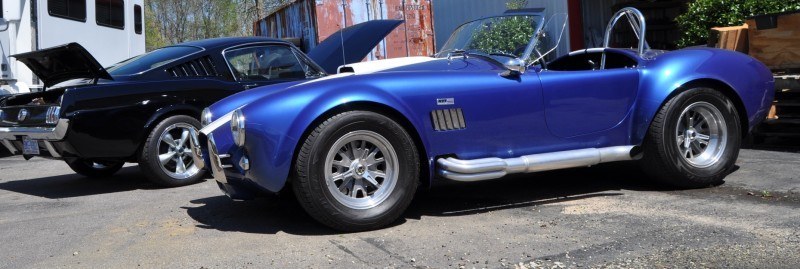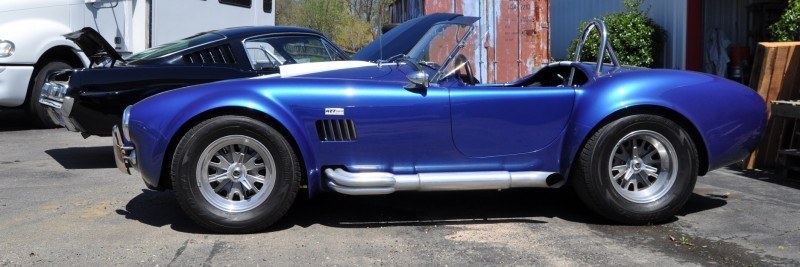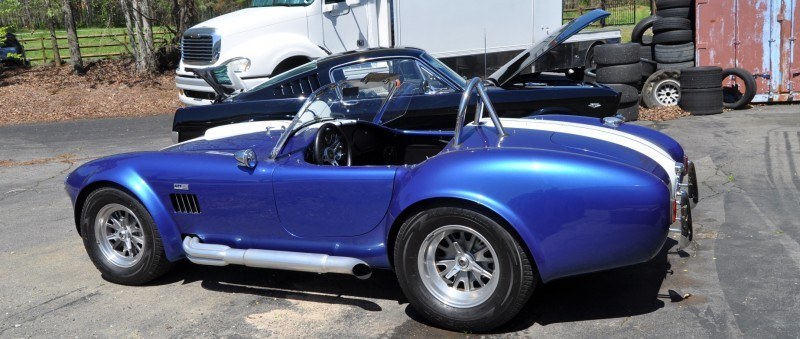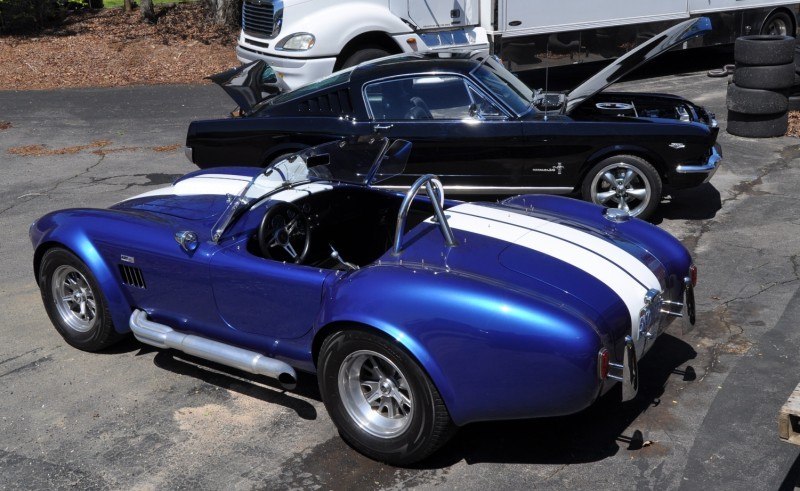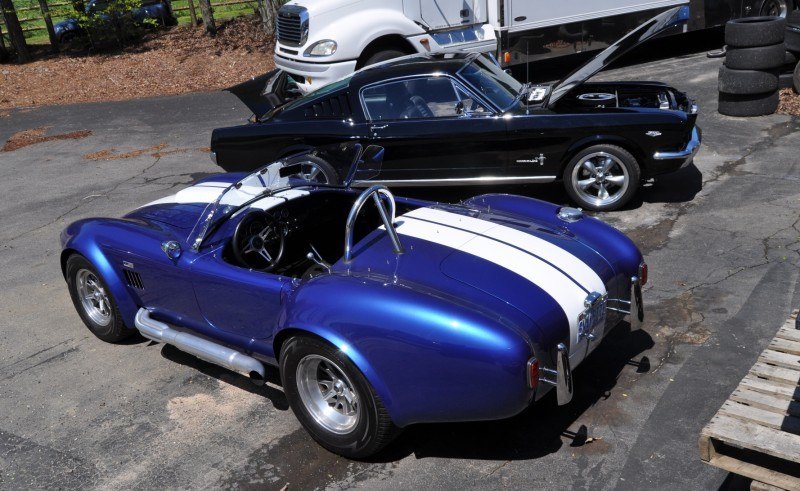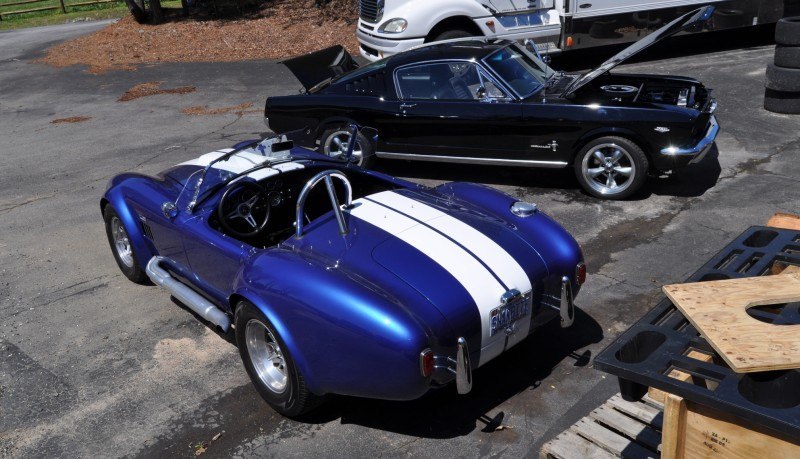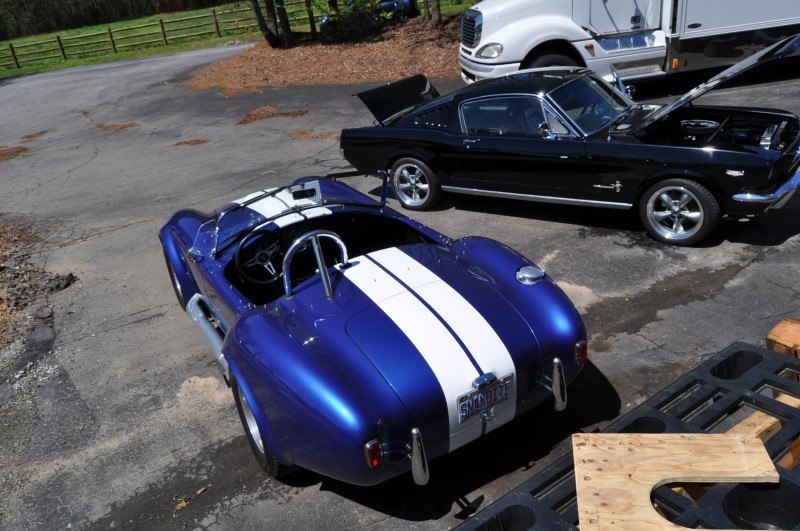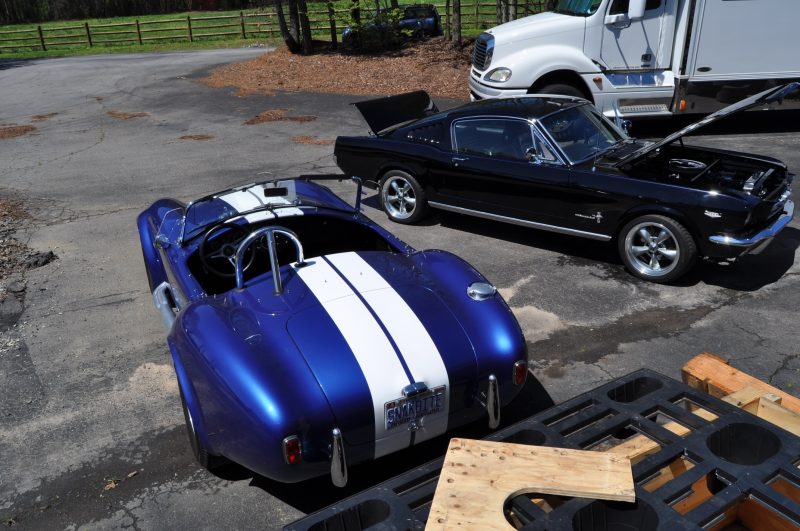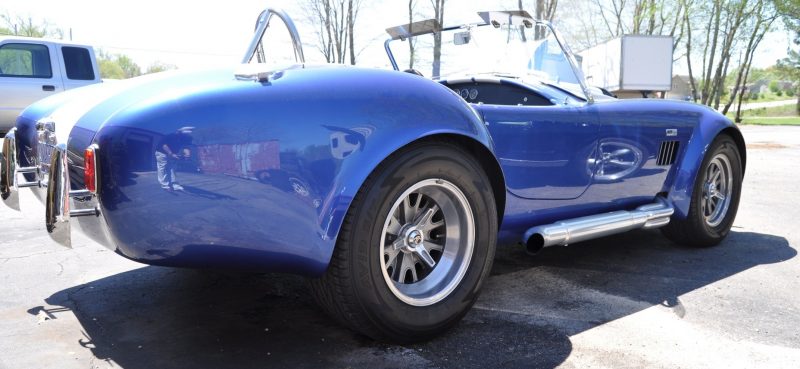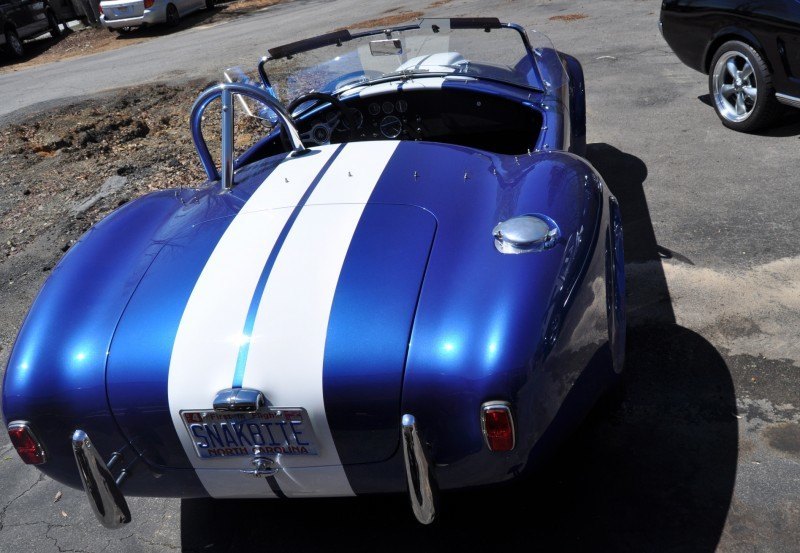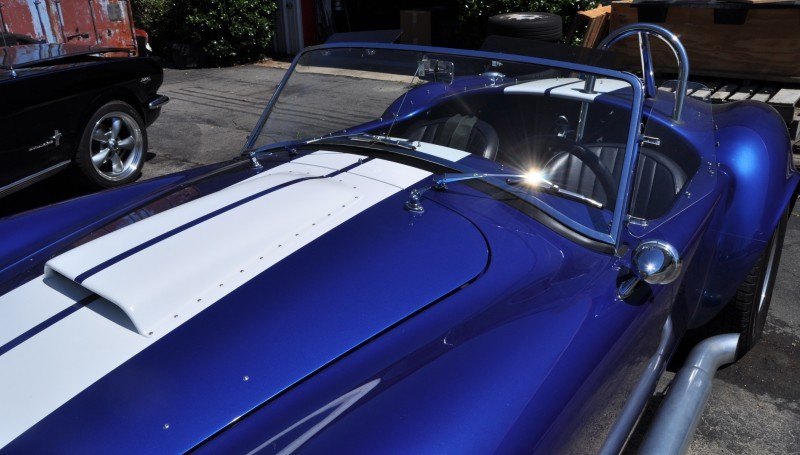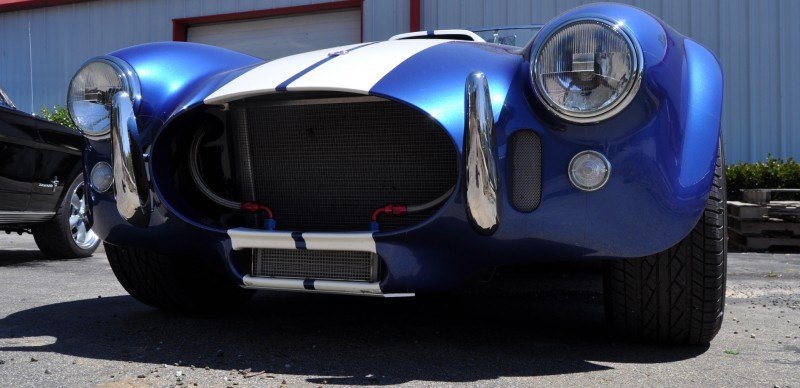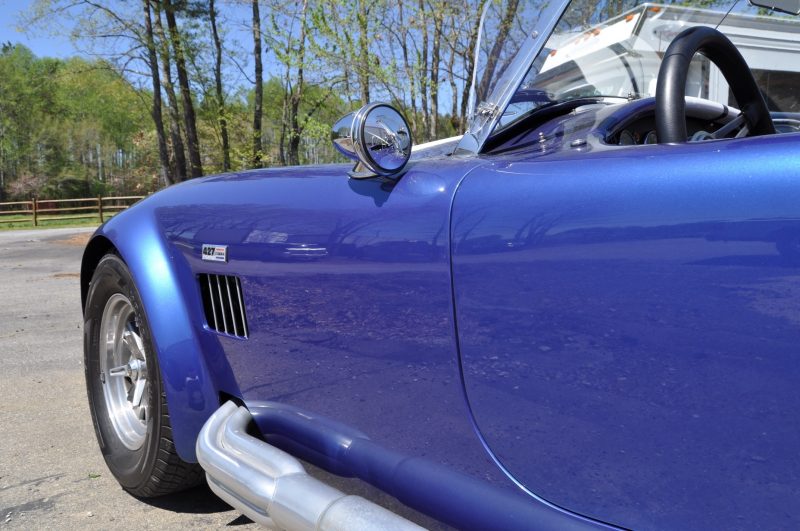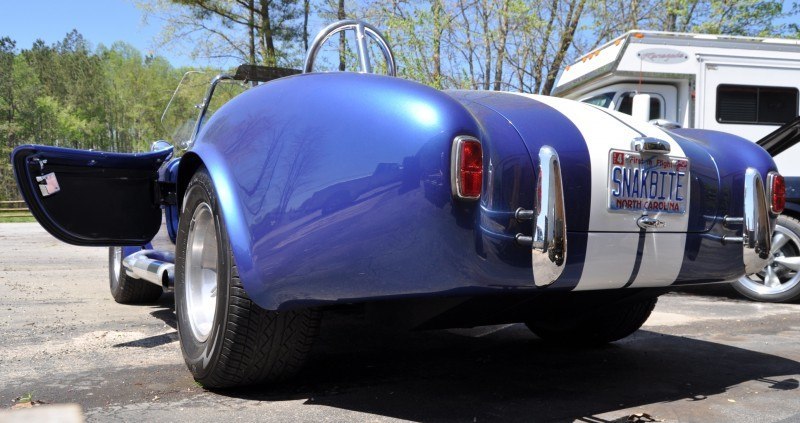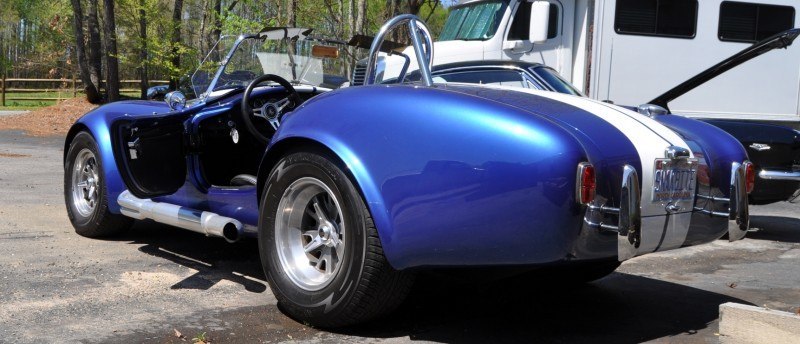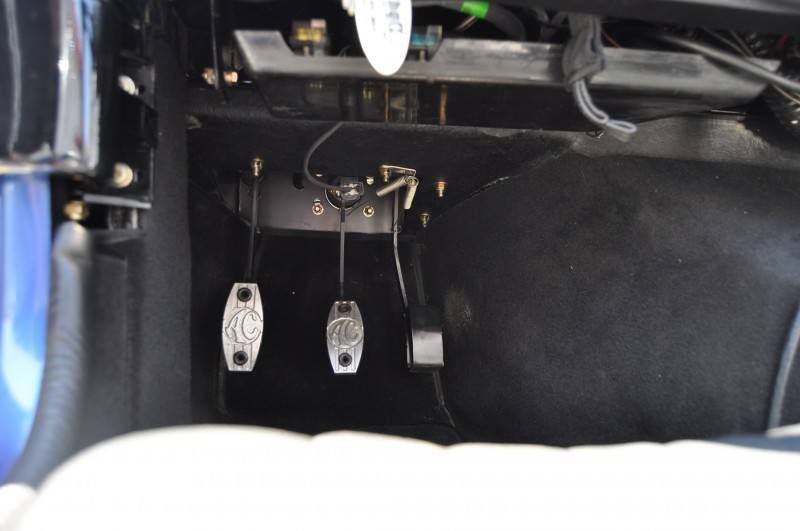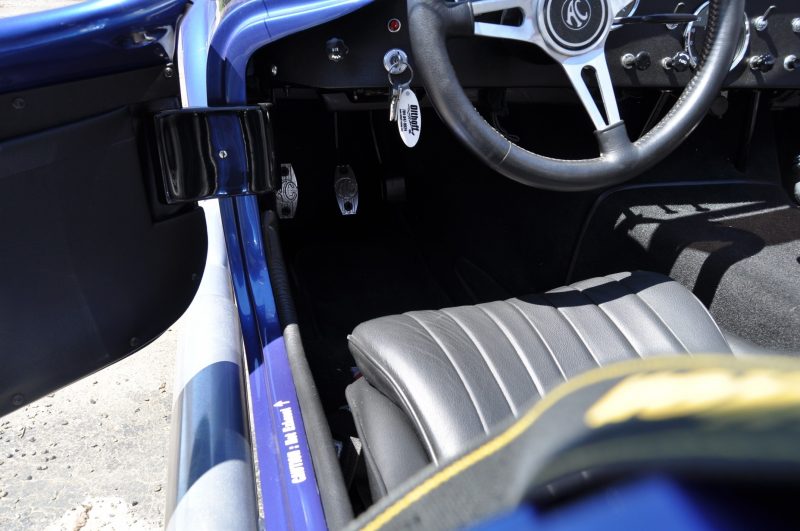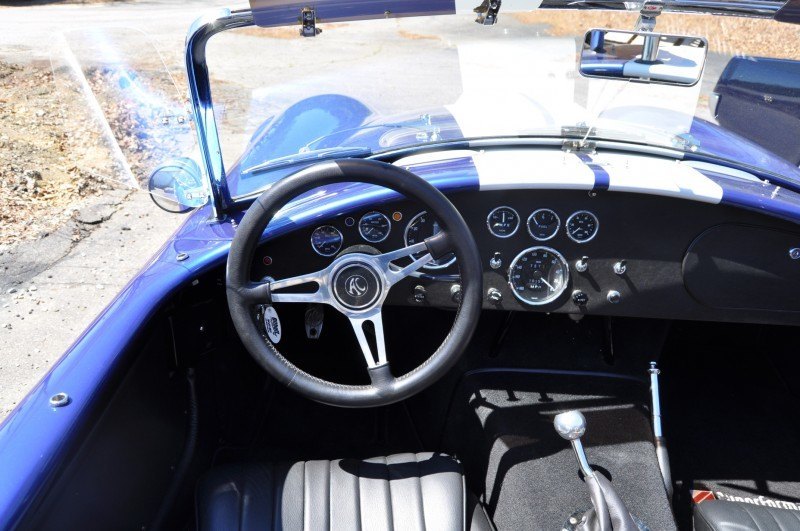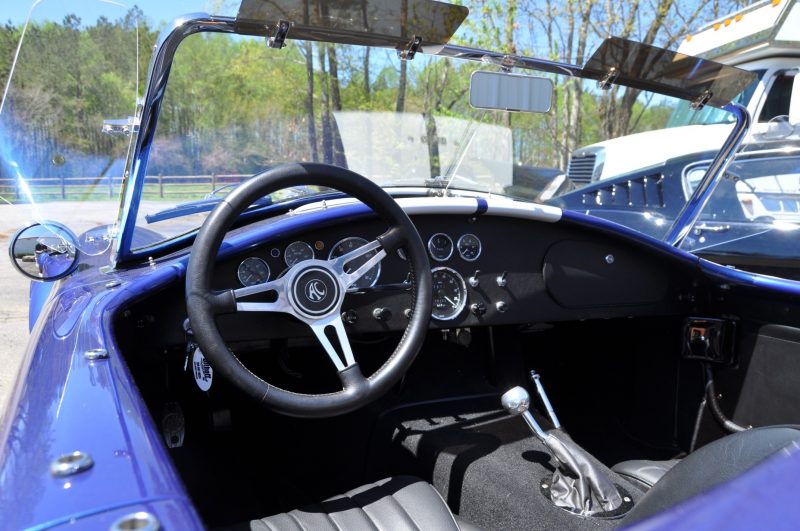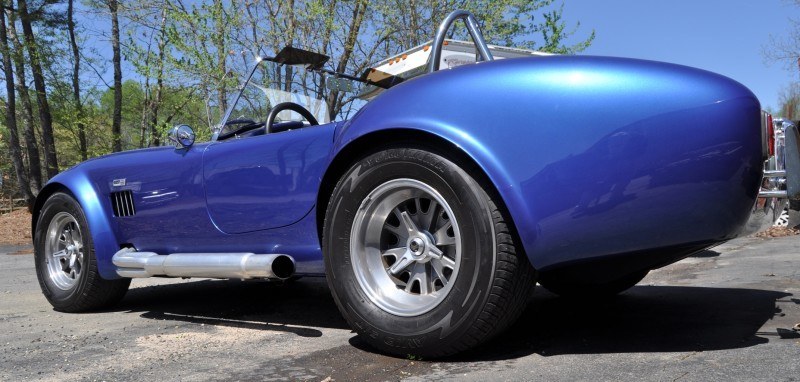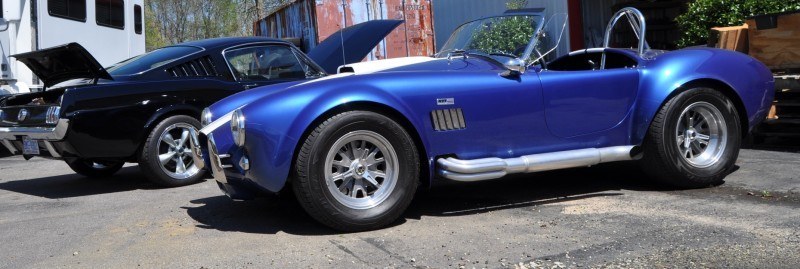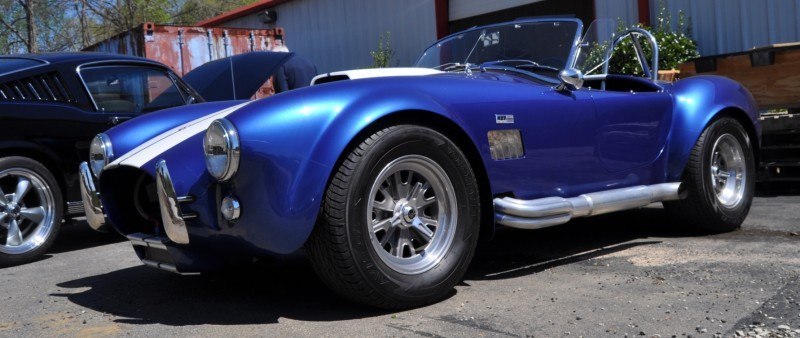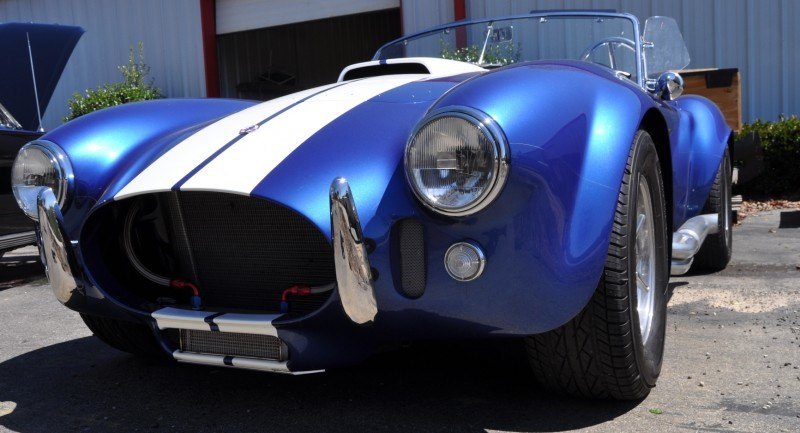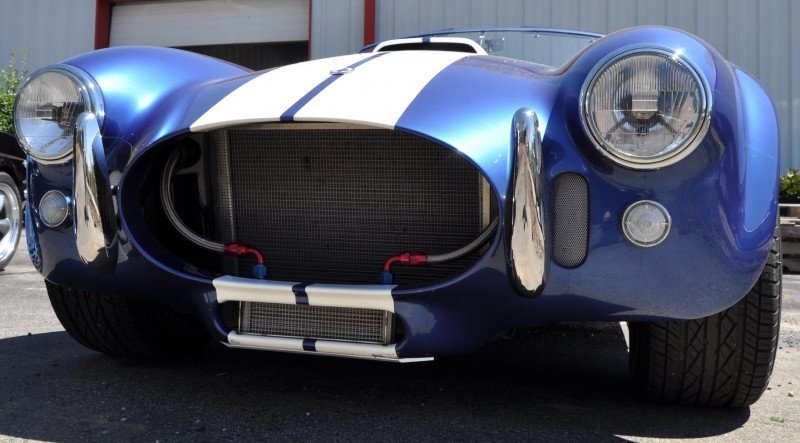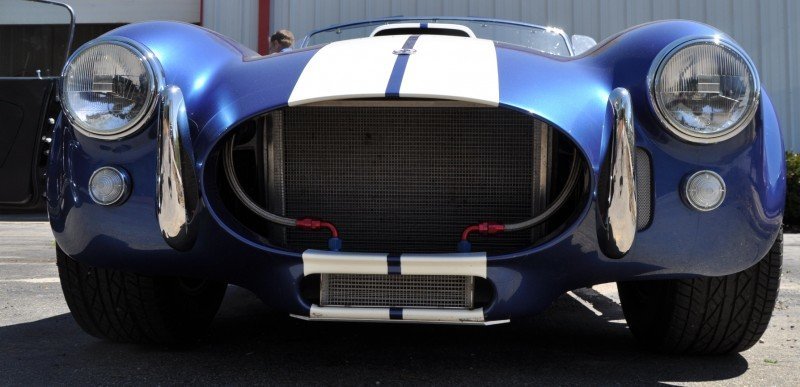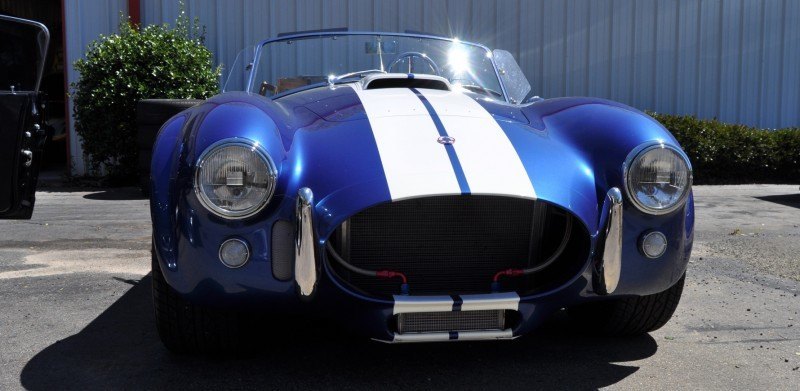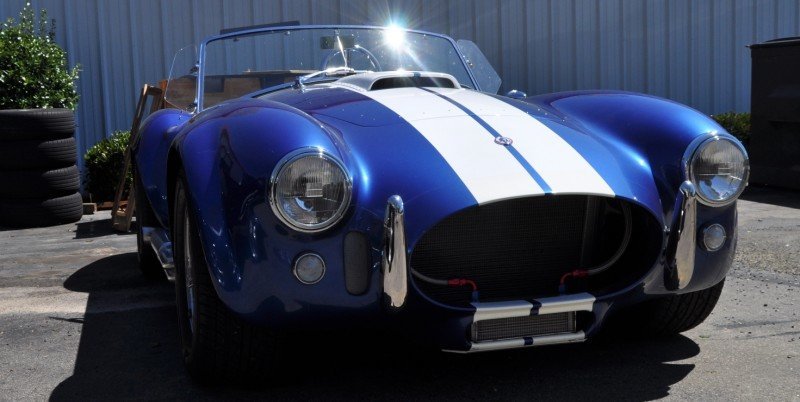No series of articles about the GT40 can begin without a look at how the car came to exist. A battle of spite between Ferrari and Ford? Yes. But also a battle to establish Ford as a racing powerhouse – which was a new opportunity to regain face as Chevrolet and General Motors dominated the coolest car news via Motorama shows and Corvettes in the 1950s.
FROM DE-FACTO BANS ON BOTH RACING CARS AND RACY MOVIES…
Racing was also heavily discouraged by the United States government of the time – until the case was made that racing improved the breed. It would improve safety and reliability of all road cars, which was rapidly a priority.
Racing involvement by manufacturers was strongly discouraged until the early 1960s by Washington elders – who argued that racing support by manufacturer would lead to reckless driving on the roads by normal folks. In fact, the opposite media effect of catharsis was true.
…TO THE FREEDOM TO PURSUE BOTH
Another pillar of the Catholic Legion of Decency (a real group of really mean-hearted fundamentalists from 1930-1968) was falling by the wayside.
Opposing just about everything modern science and education could offer to change racist and anti-female cultural touchstones, the LoD group was allowed to police motion picture content until the establishment of the MPAA around 1967.
America cheered. The very-tame-by-modern-eyes film Midnight Cowboy was allowed to be released in theaters in 1969 as the first national film with an “R” rating. Until this point, racy topics were forbidden altogether from mass distribution.
But not just racy topics — racing itself was immoral and a sinful activity, political lobbying groups claimed.
Raciness was hot. And Racing was too.
Two very different cultural paradigms led the fall of many other out-moded beliefs during this rush to modernity, cemented by the Civil Rights Act of 1964, among other landmark moves toward individual liberty.
How does this relate to the GT40 and the Shelby connection?
It made these fast cars possible from an ethical and moral perspective, ever concerns for Ford. (And, to a lesser extend, Chevrolet.)
FORD GOES RACING – TO WIN
Ford learned many hard lessons in the quest to dethrone and, some might say, destroy Ferrari’s all-conquering arrogance of the early 1960s. Paperwork all but signed and sealed, Enzo backed out of a takeover deal with Ford after ten days of tense and late-dinner negotiations between Ford senior executive Don Frey and Enzo Ferrari himself.
The similar goals of a vast, almost unlimited budget were a twinkle in Enzo’s eye. Imagine how good the racers could be with Ford’s deep pocketbook!
Ford felt a similar twang of trying to buy into racing legend — with all the talented engineers and drivers and suppliers already in place.
Working with fledgling German companies — the unquestioned speed racing experts — was not a popular idea in still-ultra-prude eyes.
But morals were changing fast. This year, Janis Joplin was running away from home to be in San Francisco with her anti-establishment cohorts.
It would be a few years until Joplin’s “Mercedes-Benz” tune went national, but it was penned around this 1963-1964 period.
OH LORD, WON’T YOU ACQUI-HIRE MY COMPANY’S I.P. & ENGINEERS
This type of takeover is known in the dot-com world today as an acqui-hire scenario.
It happened with my former company, Meebo Inc – of online IM chat aggregation fame. All IM services, talking together, in one browser?! Magnificent!
But a ton, ton, ton of work to make it reality. Commercializing the vision was taking too long, so step in Google – eager to flesh out its own Gchat service to be more competitive with the 200-plus other global Instant Messaging services.
Meebo’s Mountain View base was a 10-minute drive from the Googleplex, and Meebo had long cultivated an engineering-led vision for the company. This culminated with the Google purchase of all the Meebo intellectual property — and new titles for its engineers as well.
But here is the rub: Google already had a vast sales team in place. The acqui-hire did not extend to the sales guys.
FORD AND FERRARI FIND THAT SHELBY IS THE SIX MILLION DOLLAR DEALBREAKER
Among other disagreements and line items to be put in place during Don Frey’s trip to Italy in 1963 were what to do about Ford’s budding relationship with one if its all-star drivers and engineering visionaries: Carroll Shelby.
Shelby the man and SHelby the cars were thorns in Enzo’s side since the 1950s, and a condition on the FORD-FERRARI, as it was to be known, company really came unhinged when Ford saw no reason to let Shelby go. This was not the only sticking point in getting the deal done – Ferrari wanted $16-million for his company, while Ford was offering $10 million only.
Job security was wanted by Enzo Ferrari for his teams, and he wanted to make sure the Formula One involvement by Scuderia Ferrari would also be assured.
These two issues were surely just a few more contract pages away, with Ford willing to meet his demands.
But the non-negotiable and, Ford believed, unjustified demand to drop Shelby was deemed a bridge too far.
Thus, Frey packed up and left Italy after ten tense days of late-dinner negotiations – no contract in hand but a $10 million purse already set aside to become a legend in endurance racing.
Did he fly right from Italy back to the USA?
Nope, there was one stop in England along the way. Ford Advanced Vehicles was born on that layover with twin missions: become the best, at Ferrari’s expense.
The rest, as they say, is history.
The Superformance Mk III Cobra is available from about $90,000 in brand-new condition today.
Photographed at Superformance assembly and dealership Olthoff Racing in North Carolina.

Tom Burkart is the founder and managing editor of Car-Revs-Daily.com, an innovative and rapidly-expanding automotive news magazine.
He holds a Journalism JBA degree from the University of Wisconsin – Madison. Tom currently resides in Charleston, South Carolina with his two amazing dogs, Drake and Tank.
Mr. Burkart is available for all questions and concerns by email Tom(at)car-revs-daily.com.

